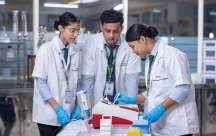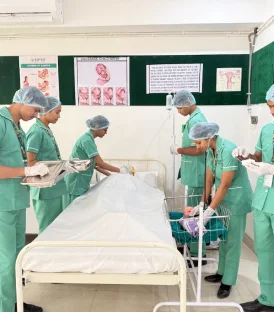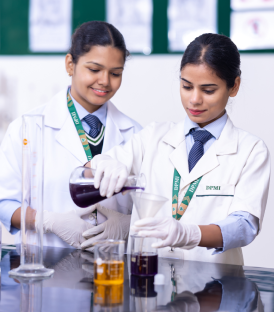October 23, 2023
Inflammation is a complex reaction to injurious agents that consists of vascular, cellular and systemic reaction. It serves to destroy or dilute the injurious agent in set of series events which aid healing or reconstitution of damaged tissue.
The two main components of inflammatory reaction are vascular reaction and cellular reaction. These reactions are mediated by chemical factors that are produced by plasma proteins or cells.
Inflammation of the organs are
Gastritis-Inflammation of stomach.
Colitis-inflammation of colon
Hepatitis -Inflammation of liver
The five signs of inflammations are Redness, Swelling, Heat, Pain and Loss of function.
Acute inflammation: It is a rapid response to an injurious agent that helps to deliver mediators or host defence. i. e plasma proteins and leucocytes to the site injury. They are divided as vascular and cellular events in acute inflammation.
A variety of stimuli are responsible for acute inflammation. They are
Infection – bacterial, viral, fungi and microbial toxins.
Trauma.
Physical and chemical agents such as burns, frost bite and environmental chemicals.
Foreign bodies.
Hypersensitivity.
Vascular changes: The blood stream carries antibodies and leucocytes which play an important role in the defence of host. The blood vessels undergo a series of changes in inflammation which help the plasma proteins cells to move out of the vessel and to the site of injury.
The first changes occur after injury is vasodilation (dilation of blood vessels). The result in increased blood flow causes heat and redness. Followed by increased permeability, as a result outpouring of protein rich fluid into the extravascular tissue. The loss of fluid leads to blood vessels being packed with RBCs which slows the blood flow. As a result leucocytes accumulate along the endothelial vessels. Later migrate to the site of injury.
Increased vascular permeability: In acute inflammation the Protein rich fluid leaks through the vessel and escapes in to extravascular space where they collect and this is called oedema.
Cellular events in the lumen or margination
Transmigration
Migration to the intestinal tissue known as chemotaxis. In which neutrophil monocytes and few lymphocytes responds to the chemotactic stimuli which are bacterial products or endogenous which reach the site of injury. Here they phagocyte the offending agent .
Phagocytosis: The two cells that are capable of phagocytosis are the neutrophils and monocytes.
Three steps involved in phagocytosis are recognition and attachment.
Engulfment
Killing and degradation.
Chemical mediators of inflammation:
Cellular mediators which are divided into two parts
- Performed mediators. These are mediators already present within the cell granules. include Histamine It is distributed in tissue, sources comes from mast cells. also present in basophil and platelets. They are responsible for dilation of arterioles and increased permeability of the venules.
- Serotonin It’s action similar to histamine It is found in platelets.
Lysosomal enzymes: are present within the lysosomes of neutrophils and macrophages.

















